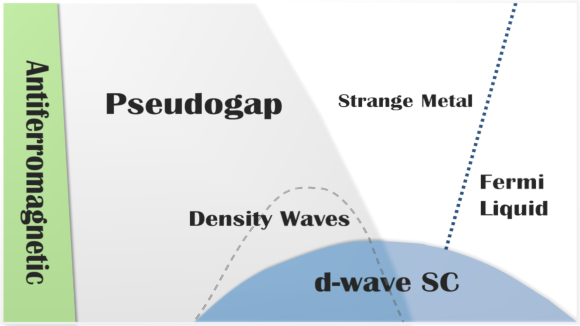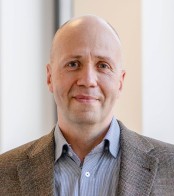 Ilya Eremin, PhD, Ruhr University Bochum, Germany
Ilya Eremin, PhD, Ruhr University Bochum, Germany
Ilya Eremin is a professor at the Faculty of Physics and Astronomy of the Ruhr University Bochum. His research interests lie in the field of condensed matter, with a focus on the theoretical study of quantum many-body systems. He is particularly interested in the study of strongly correlated, low-dimensional electronic and magnetic systems, as well as unconventional and high-temperature superconductivity. He deals with systems that have geometric frustration in addition to low dimensionality and strong electronic correlations.
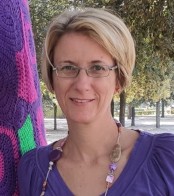 Lara Benfatto, PhD, Sapienza University of Rome, Italy
Lara Benfatto, PhD, Sapienza University of Rome, Italy
Lara Benfatto is a professor at the Department of Physics of Sapienza University of Rome. Her activity concerns theoretical problems connected to the physics of correlated electron systems in low dimensions. In particular she has been dealing with the physics of high-temperature cuprate and pnictide superconductors, graphene, disordered superconductors and superconducting heterostructures, with a particular focus on spectroscopic signatures of collective modes.
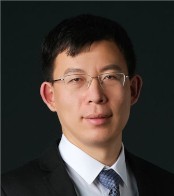 Wang Meng, PhD, Sun Yat-sen University, China
Wang Meng, PhD, Sun Yat-sen University, China
Wang Meng is a Professor at the School of Physics, Sun Yat-sen University. His research spans a wide range of areas, including neutron scattering studies of strongly correlated electronic materials, synthesis of new materials, and the growth of large single crystal samples. He is also involved in high-pressure electrical transport and structural research using diamond anvil cell technology. Additionally, his work extends to investigating the structural, electrical, magnetic, and heat properties of materials under extreme conditions such as low temperatures, strong magnetic fields, and high pressures.
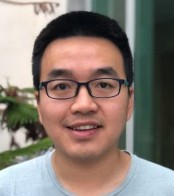 Yuxuan Wang, PhD, University of Florida, USA
Yuxuan Wang, PhD, University of Florida, USA
Yuxuan Wang is an associate professor at the Department of Physics, University of Florida. He works on the field of strongly correlated systems, including non-Fermi liquids, unconventional superconductivity, and topological phases of matter. He is also interested in general aspects of quantum field theory and its applications to condensed matter systems.
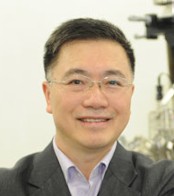 Hai-Hu Wen, PhD, Nanjing University, China
Hai-Hu Wen, PhD, Nanjing University, China
Hai-Hu Wen is a full Professor of Physics at Nanjing University. His academic interests cover the exploration of new superconductors and the study of correlated electronic materials, pairing mechanisms in unconventional superconductors, vortex physics and other topics. He was the Director of the National Laboratory for Superconductivity of China (2000-2009) and the principal investigator and coordinator of the National Project on Fundamental Research of Superconductivity of China from 2005-2015.

